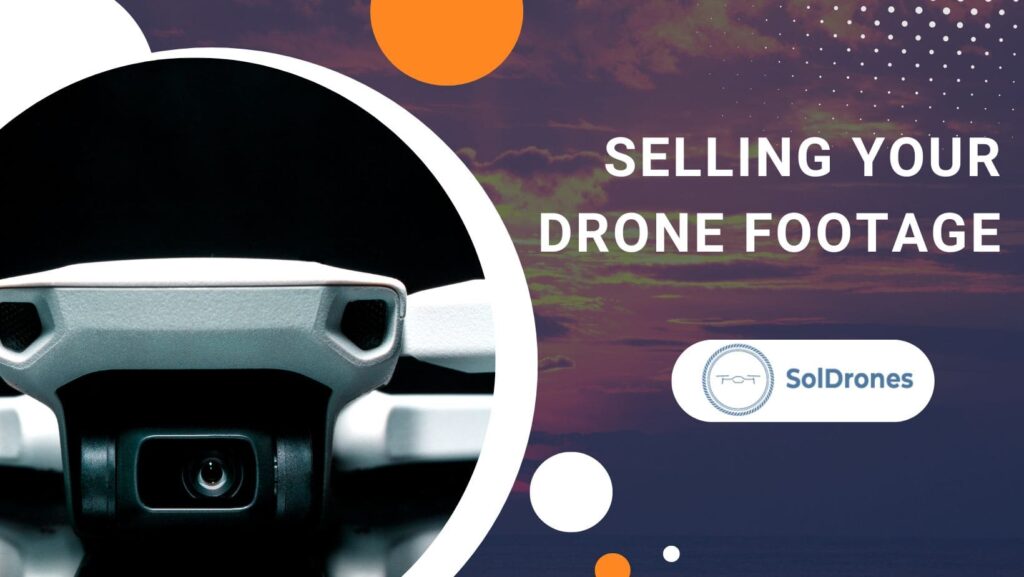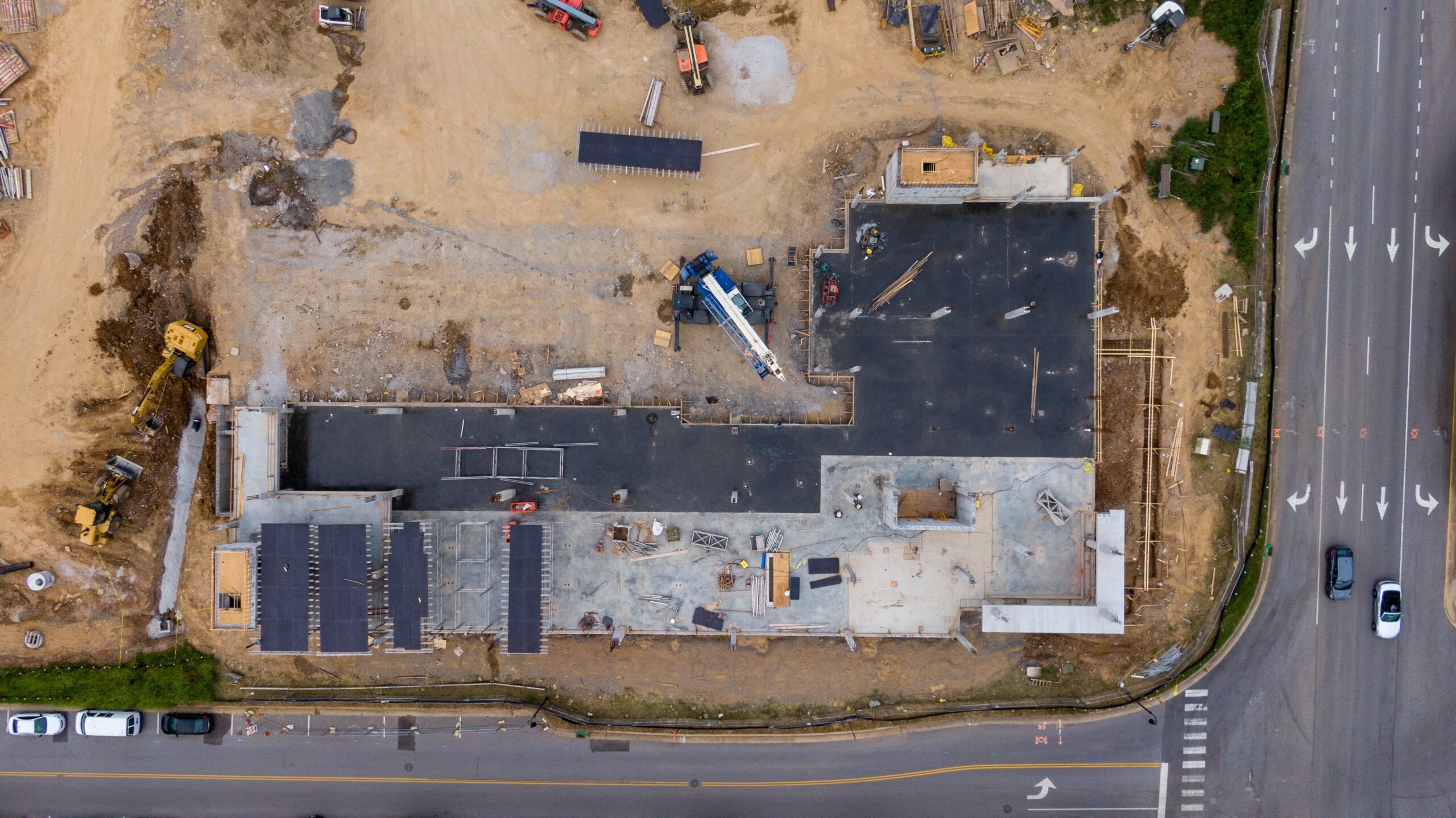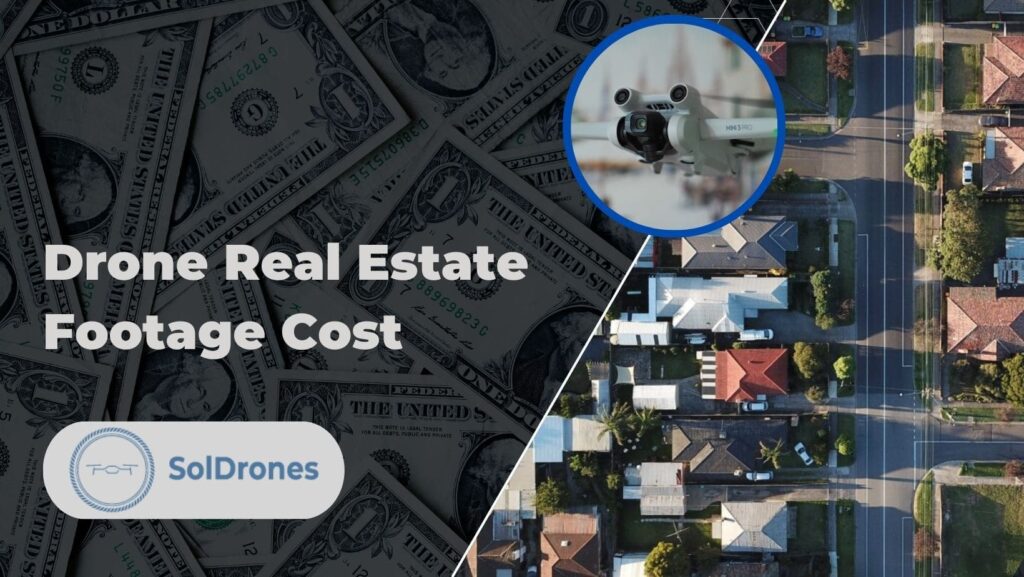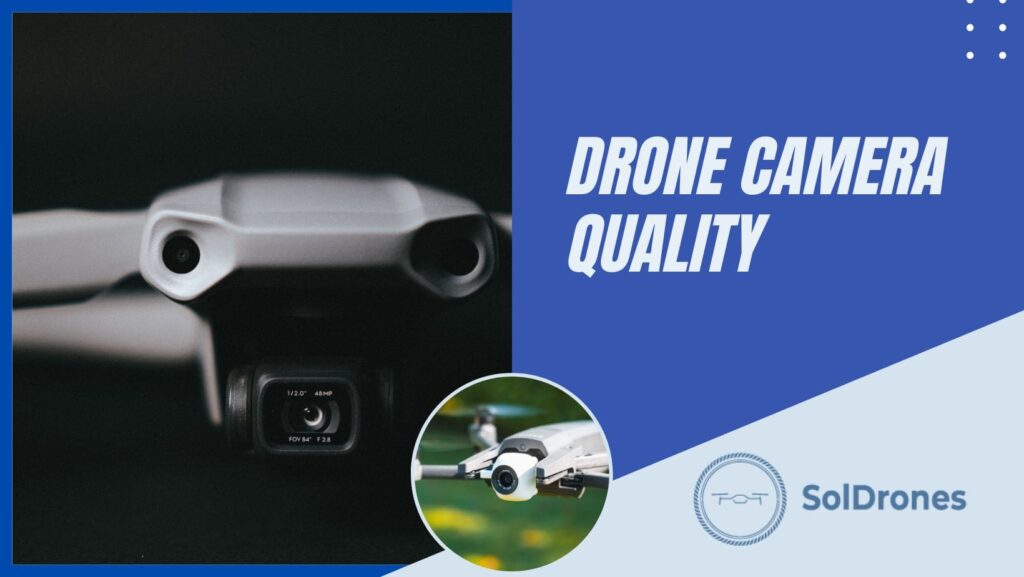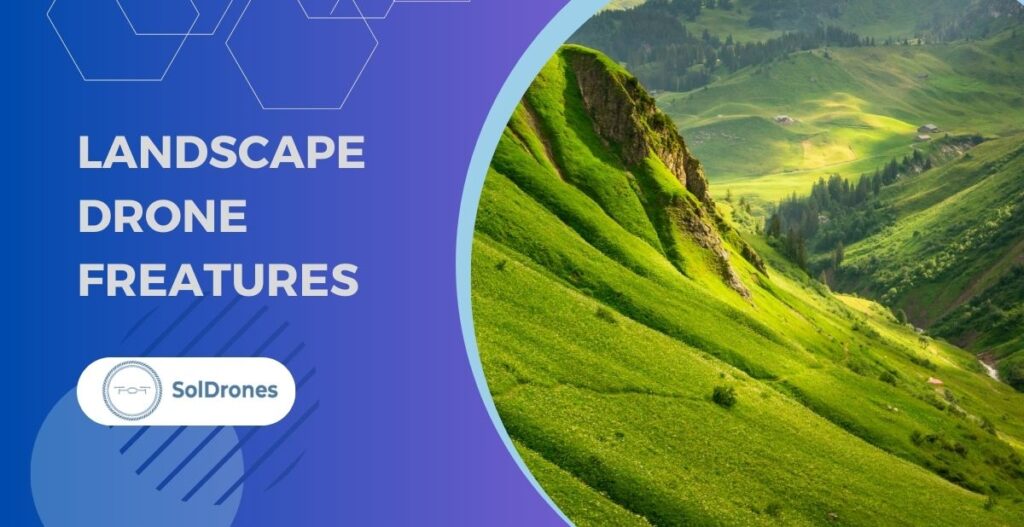In the rise of the digital age, drone footage has soared to become a highly sought-after commodity. It’s not just about capturing breathtaking vistas anymore; it’s a game changer in industries like construction, agriculture, and search & rescue.
Imagine transforming what was once a hobby into a lucrative venture. For those seeking the secrets of “how to sell drone footage,” the landscape is rich and ripe for exploration. This guide doesn’t just skim the surface but offers concrete steps, legal insights, and business acumen on monetizing those incredible aerial shots.
By the end, not only will you be equipped with the know-how to sell your footage, but you’ll have a clearer flight path towards turning this passion into profit. So, fasten your seatbelts. We’re about to elevate your drone game.
Article Highlights:
- Top sites to sell your drone footage include Drone Stock, Shutterstock, Pond5, and others
- Pay attention to the legalities of selling your drone photography, such as rights, incidental captures, and release forms.
Why Sell Your Drone Footage?
The beauty and versatility of drone footage has opened avenues few could have imagined just a decade ago. By selling your aerial captures, you’re not just offsetting the cost of the drone, but potentially making it entirely cost-neutral. But the benefits stretch beyond the financial aspect. For many, it’s an opportunity to usher in an additional stream of income, one that’s born from a blend of tech and artistry.
Moreover, letting your meticulously shot footage gather virtual dust does it a disservice. Instead, monetizing these views can breathe life into them, bringing them to audiences and industries that value such perspectives. Beyond the tangible gains, it’s a chance to put your passion and creativity on display, carving a niche in a world that’s increasingly drawn to the bird’s eye view.
Understanding the Legalities: Selling Drone Footage Safely
In the realm of drone cinematography, the artistry of capturing mesmerizing vistas is merely one facet of the profession. Equally crucial is the adept navigation of the intricate legal maze. Central to this is a profound grasp of copyright and privacy intricacies.
- Clear Rights: Venturing into selling drone footage without unambiguous rights can plunge a pilot into a quagmire of legal complications. For instance:
- A serene beach shot might seem harmless, but if it inadvertently captures sunbathers or a private beachside property, it could lead to privacy concerns.
- Release Forms: These are not mere paperwork but essential shields for drone operators.
- Individual Releases: If a person’s face is discernible in your footage, having their signed consent is paramount.
- Property Releases: Capturing a distinctive building or private residence? Ensure you have the owner’s permission in writing.
- Incidental Captures: The legal intricacies don’t end with people and properties.
- Logos & Trademarks: A cityscape might inadvertently showcase a building with a company’s logo. Even if unintentional, this could be a copyright infringement.
- Other Copyrighted Materials: From public art installations to billboards, drone operators must be wary of unintentionally capturing copyrighted content.
In essence, the journey of selling drone footage is layered with legal nuances. By being meticulous and forward-thinking, drone enthusiasts can ensure their endeavors are not only lucrative but also securely within the bounds of the law.
Where to Sell Your Drone Footage Online
Selling drone footage online has never been more accessible, with myriad platforms and options available for aerial artists. Here’s a snapshot:
- Stock Websites: These have become popular destinations for visuals, including drone captures.
- Getty Images: Known for its vast reach. However, it’s vital to be informed about its commission structure.
- Shutterstock: Unique in its offering and offers competitive rates for drone videographers.
- Pond5: Boasts an expansive database with an attractive commission model for sellers.
- DroneStock: Tailored specifically for drone footage, making it a go-to for many drone enthusiasts.
- Blackbox: Acts as an aggregator, making selling across platforms a breeze.
- Starting Your Own Website: An option for those seeking full control over their content and profits.
- Set-up: Choosing the right domain, hosting, and platform is crucial.
- Driving Traffic: Success hinges on mastering SEO, consistent content marketing, and engaging social media strategies.
In this digital age, the sky is not the limit but rather a canvas awaiting the next drone masterpiece.
Determining the Right Price: How Much to Charge for Your Drone Footage
Setting the right price for your drone footage is pivotal. It’s the fine line between a fleeting transaction and a steady stream of income. The pricing matrix is influenced by a myriad of factors:
- Quality & Uniqueness: The market is saturated, but standout footage – those that are sharp, high-resolution, and offer a fresh perspective – can command top dollar.
- Demand & Application: The purpose of the footage can significantly sway its price. For instance:
- Tourism: Aerial shots of renowned landmarks or pristine natural wonders can fetch higher prices due to their broad appeal.
- Real Estate: Drone footage showcasing expansive properties or highlighting key features can be invaluable, often fetching between $100 to $700 depending on the property’s value and location.
- Events: Capturing festivals, concerts, or large gatherings from a bird’s-eye view can range from $150 to $600, especially if it’s exclusive content.
- Resolution: The clarity of the footage is paramount. While HD is standard, 4K offers unparalleled detail, making it a favorite for professional applications. As such, 4K footage can often be priced 20-30% higher than its HD counterpart.
- Industry-Specific Estimates:
- Agriculture: Drone footage used for crop monitoring or farm overviews might range from $50 to $300, depending on the farm’s size and the footage’s specificity.
- Construction & Inspection: Footage that aids in site analysis, progress tracking, or inspection can command prices from $200 to $800, given its technical application.
- Cinematography: For films or commercials, breathtaking aerial shots can range anywhere from $100 to $1,000, especially if they’re exclusive or shot in challenging conditions.
In the current market landscape, prices exhibit vast variability. However, a general guideline suggests rates oscillating between $50 to $500 per clip, contingent on the aforementioned determinants. The length of the clip, its content, and its resolution can all influence this rate. For instance, a 10-second 4K clip of a popular landmark during a sunset might fetch a higher price than a minute-long clip of a generic landscape in standard resolution.
To augment earnings, drone operators might contemplate packaging related footage or proffering discounts for volume acquisitions. Such tactics not only allure potential clients but also foster loyalty, ensuring sustained patronage.
Tips to Make Your Drone Footage More Marketable
Making a mark in the saturated world of drone footage requires more than just uploading raw captures. Here’s how to ensure your clips stand out:
- Prioritize High-Quality Footage: It’s fundamental. Buyers gravitate towards crystal-clear, well-framed shots that convey a story or emotion.
- Master the Art of Editing: A raw footage’s potential is unlocked through editing. Tightening sequences and ensuring smooth transitions can elevate the appeal.
- Color Grading Matters: It’s the unsung hero of post-production. Proper color grading can infuse life into a shot, making landscapes more vibrant and scenes more atmospheric.
- Stay Abreast with Market Trends: Understanding what buyers seek can give you an edge. Regularly scan platforms and analyze top-selling footage to spot trends.
- Niche Targeting: Zero in on specific industries or themes. Whether it’s breathtaking aerial shots of coastal towns or drone footage for construction surveys, specializing can set you apart.
Final Thoughts
Selling drone footage presents an exciting opportunity for drone enthusiasts and professionals alike. By understanding the intricacies of the market, from legal considerations to pricing dynamics, one can unlock significant revenue streams.
Leveraging platforms like Getty Images and DroneStock can simplify the selling process, while personalized platforms offer control. Yet, beyond the logistics, the true key lies in ensuring footage quality and aligning with market trends.
As the world of drone footage expands, those equipped with both knowledge and creativity will undoubtedly lead the pack. Whether you’re seeking to cover your drone costs or fuel a new income stream, the sky’s the limit.
FAQs
How can I legally sell my drone footage?
Understanding the legal framework is crucial when selling drone footage. Ensure you’re adhering to copyright laws, obtaining necessary release forms for recognizable individuals or private property, and being wary of logos or trademarks which could pose copyright challenges.
Where are the best places to sell drone footage online?
Popular platforms include stock websites like Getty Images, Shutterstock, and Pond5. For specialized drone content, DroneStock is an excellent choice. Additionally, aggregators like Blackbox can streamline the process. Alternatively, starting your own website gives you complete control over sales and marketing.
How much can I charge for my drone footage?
Pricing depends on several factors such as the footage’s quality, uniqueness, demand, and resolution. While there’s no fixed rate, staying updated with current market trends and rates can provide guidance. Bundling footage or offering discounts for multiple purchases can also help maximize revenue.
What makes drone footage more marketable?
Prioritizing high-quality footage is essential. Enhancing your footage through editing and color grading can add value. It’s also vital to understand current market trends and what buyers are seeking. Additionally, targeting specific niches or industries can give your footage a competitive edge.
How can I make my drone footage stand out in the market?
Focus on capturing unique, high-quality shots. The role of post-production, like editing and color grading, is crucial. Keep abreast of market trends to understand what’s in demand. Catering to specific industries or themes, like construction or nature, can also make your footage more appealing to potential buyers.

